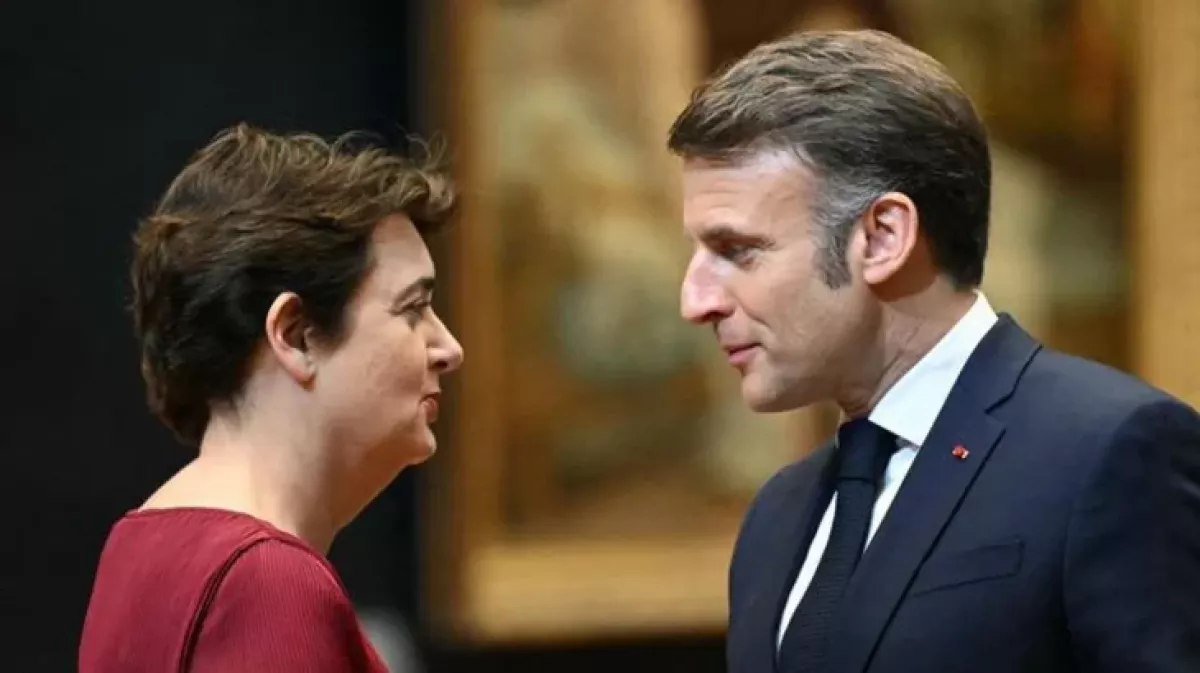Seven minutes of shame The Louvre heist – accident or pattern?
An event that many have already dubbed “the heist of the century” took place at the world-famous Louvre Museum — on the morning of October 19, the French Crown Jewels were stolen from the world’s largest museum. According to global media reports, the criminals arrived at the Louvre on scooters, used portable ladders to enter the building, and snatched the treasures displayed in the Apollo Gallery’s showcases. The entire operation lasted just seven minutes.
Although the alarm system functioned normally, the museum’s security failed to catch up with the robbers. Shortly after the incident, some of the stolen items were found not far from the crime scene, including the crown of Empress Eugénie — the wife of Emperor Napoleon III.
The situation is further complicated by the fact that artworks in state museums like the Louvre are not insured. Unlike private collections, these exhibits are only insured during transport or when displayed at external venues. In cases of theft or damage, the state is considered its own insurer and receives no compensation.

The incident adds yet another chapter to the history of heists at France’s greatest museum. Back in August 1911, the Louvre’s crown jewel — Leonardo da Vinci’s Mona Lisa — was stolen. The perpetrator was an Italian glazier, Vincenzo Peruggia, who had worked on glazing paintings in the museum. Before attempting to sell the masterpiece to a Florentine art dealer, he kept it hidden in his Paris apartment for two years. Peruggia claimed that patriotism motivated his actions, and the Italian court sentenced him to seven months in prison.
Renowned French journalist Stéphane Bern described the event as follows: “This is a true trauma, because they attacked a fortress that was considered impregnable, a fortress that houses our heritage. You know, it’s like the case of Notre-Dame de Paris — when a fire breaks out, it’s already too late to say anything.”
French authorities are now doing everything possible to apprehend the culprits and recover the stolen items. Ministers of the Interior Laurent Nuñez and Culture Rachida Dati held a meeting to discuss security issues at the Louvre. Officials decided to strengthen security measures in museums and issue instructions to prefects, requiring them to promptly review the existing protective systems in cultural institutions.
Meanwhile, the Tel Aviv-based security firm CGI Group announced that Louvre management had contacted them to conduct an investigation, “given (their) experience and success in solving multimillion-euro thefts in Germany and other countries in 2019.” However, the museum’s administration later denied CGI Group’s statement.
At the same time, experts in France are sounding the alarm, as the country’s museums are being hit by a wave of thefts. According to the Central Office for Combating the Illegal Trade in Cultural Goods, 24 museum robberies were recorded in 2011. The trend peaked in 2015 with 31 incidents. Nine thefts were reported in 2023, and in 2024, there was another surge, with 21 robberies.
Here is a brief look back at some high-profile French museum heists. In May 2010, five paintings by Picasso, Matisse, Braque, Modigliani, and Léger, valued at around €100 million, disappeared from the Museum of Modern Art in Paris. The thief exploited a failure in the museum’s security systems, where motion detectors had been out of service for two months. None of the stolen works were recovered. In 2011, 49-year-old Vjeran Tomic, nicknamed “Spider-Man,” was arrested and in 2017 sentenced to eight years in prison. He never revealed the identities of those who commissioned the thefts.

On November 20, 2024, a group of four people wearing gloves, hoodies, and caps stormed the Musée Cognacq-Jay, which specialises in 18th-century art, right in front of visitors. The intruders smashed a display case containing collectible snuffboxes and caskets with an axe and baseball bats. These priceless items had been loaned to the museum for the Luxe en poche (“Pocket Luxury”) exhibition. After a year-long investigation, only some of the stolen snuffboxes were recently recovered.
The following day, November 21, 2024, armed thieves stole part of a jewellery composition, recognised as a national treasure of France, from a museum in the commune of Paray-le-Monial. According to Mayor Jean-Marc Nesme, the stolen fragments were part of the central exhibit of the Via Vitae collection — Latin for “Way of Life.” Created by jeweller Joseph Chaumet in 1904, it consisted of 138 diamond-studded figurines and elements made of gold, marble, and ivory. Chaumet intended the piece to depict the stages of Jesus’s life. The criminals used a drive mechanism to cut through the protective glass and brandished weapons (possibly automatic) to intimidate visitors before escaping on a motorcycle.
Returning to the Louvre heist, authorities have described the incident as a coincidence. However, Louvre staff, organised under the SUD-Culture union, issued a statement saying they had repeatedly warned about security problems in the museum’s galleries. It emerged that the alarm system in the Apollo Gallery had been disabled in recent days because its extreme sensitivity would trigger even when visitors approached too closely. At some point, security personnel simply cut the power. According to union activists, the organisation had repeatedly “criticised internal decisions made over the past three years, which ignore the core mission of our institution – to protect the heritage, the building, the collections, and the people. (…) The management’s responsibility [for what happened] is enormous. The President of the Republic and the Minister of Culture should have long ago listened to the warnings raised by staff.”
Iván Navarro, co-chair of VKT–Culture, another union represented at the museum, also stated that staff numbers at the Louvre have been steadily reduced due to cost-cutting. According to him, the security workforce has been cut by a quarter over the past ten years. By 2025, the budget for all of the country’s national heritage sites had fallen to a critically low €1.2 billion, with a further reduction of €200,000 planned for 2026.

Angry French citizens demanded the resignation of Culture Minister Rachida Dati and Louvre Director Laurence des Cars — the latter submitted a resignation letter, but the Élysée Palace refused to accept it. Public outrage was fueled in particular by the fact that the museum’s management had recently spent around half a million euros on an executive cafeteria, while, unsurprisingly, no funds were allocated to security. However, it seems that any solution to the Louvre’s problems will be nothing more than a temporary patch, while the issue of theft affects museums across all of France.








